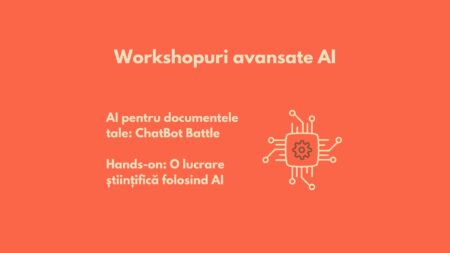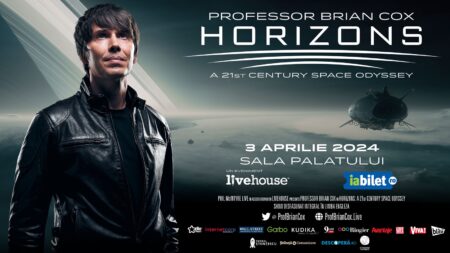If ever there is talk of communication in research, the word "dissemination" is most likely to be used. This generally refers to the publication of results in scientific journals, a presentation at a specialist conference or in a poster session also at a scientific conference. Basically, research results are communicated primarily to a small community, to those specialists who are already interested in the field and for whom it is very important to find out what the latest news is and to find new ways of collaboration. We call this type of communication a 'bubble' because it works similarly to Facebook friendships: everyone is interested and interested, but the wider world never finds out what's going on there.
The funding guidelines, however, have begun to require more than "dissemination", namely communication to the general public, to children, to companies, to the press, to public authorities and other audiences that would be very much sitting in a science conference chair.
Researchers also have a "bubble" of their own. How and why they communicate outside it was the theme I was invited to present at the Education for Science Community National Conference, an event that brought together in December around 300 people from the university and pre-university area who are striving to make science more attractive.

About the "why" it is important that the research is communicated outside the strict specialist area we did not talk at all - everyone present was already aware that there is a need to do so.
But we have detailed the "how" part of communication, in particular on two fronts: outreach (projects, events and activities for the public) and science press releases.
For outreach I presented some personal examples - European Researchers' Night and Electric Minds, but examples from conference participants were far more numerous: Famelab – concursul de prezentare științifică organizat de British Council, prezentat de Gabriel Ivan, care adună anual zeci de tineri dornici să își împărtășească fascinația pentru știință; prezentări fascinante despre CERN, Big Bang și materie neagră pe care le face Cristian Pârghie, from Suceava Astronomical Observatory; SmartLab, a free space for interactive activities with children, an initiative of Măgurele Science Park Association and many others.
I insisted more on transforming scientific articles into texts intended for the public step by step, and presented a case study: how I transformed a Nature Scientific Reports article "Functionalized magnetic nanoparticles: Synthesis, characterization, catalytic application and assessment of toxicity" in Nanoparticles created at UAIC to fight dangerous pollutants in water, a topic that was widely reported in the mainstream media (National Geographic, ProTV are just two examples).
Because in my work I very often encountered the insistence on communicating with the press on topics that were scientific but not actually relevant to the general public, I explained how to evaluate a topic so as to determine whether something is important to a general audience or only to a very narrow and specialized audience.
Building on the experiences in training in science communication that I have delivered, as well as from managing the relationship between the press and researchers, I also shared a few points on that people in the communications field take for granted, but are unusual for those from the academic world: for example, how important for the research team to be in an uncrowded time in where they will have two or three days to give interviews at very short notice. Another example: why are only a few tens of seconds of a interview that can last 20-30 minutes.
It is important for those coming from a communications background to remember how surprising all these notions were for them at the beginning and to be able to negotiate the rules of the game from the start.

I would have talked a lot more - I'm capable of swearing for hours, but my time is up. I've been following this conference since the first edition and it is by far the largest gathering of positive energies around the idea of re-engaging science with the public. For two editions I was envious of those who were there, I was glad that the third edition was lucky for me and thanks again to those who thought of me.





